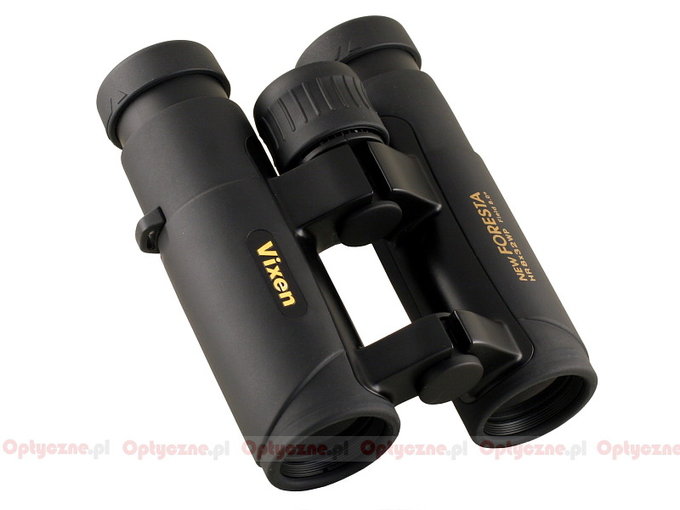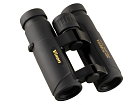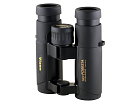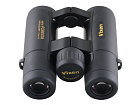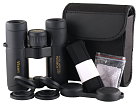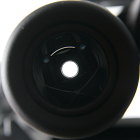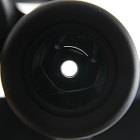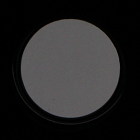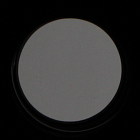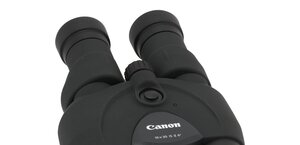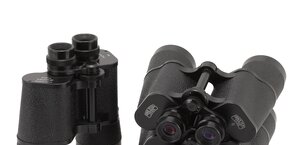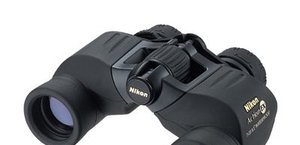Vixen New Foresta HR 8x32 WP
The name itself indicates that the new series is supposed to replace the old Foresta series. The change is significant because the old Forestas were classic Porro devices. Vixen has been influenced by a very popular trend consisting of launching only roof-prism binoculars – in the case of the new instruments they decided to change the prisms into roof. Fortunately the parameters of the new models haven’t suffered as a result – their fields of view are to be similar to the older versions.
All the New Foresta binoculars are waterproof and nitrogen- filled. All air-to-glass surfaces are covered by high quality antireflection coatings. Roof prisms made of BaK-4 glass are covered by a reflective layer with high reflection coefficient and phase-correction coating. The New Foresta series binoculars come with 5-year guarantee.
| Magnification | Lens diameter | Angular field of view | Prisms | Eye relief | Weight | Price |
|---|---|---|---|---|---|---|
| 8 | 32 | 140/1000(8o) | BaK-4/roof | 17.5 mm | 560 g | 799 PLN |
Summary
Pros:
- good build quality,
- good transmission,
- well-corrected astigmatism,
- slight coma,
- good whiteness rendition,
- almost imperceptible brightness loss at the edge of the field of view,
- correct blackening inside the inner tubes,
- high quality of coatings and prisms,
- good price/quality ratio.
Cons:
- the field of view much narrower than stated in the specifications,
- the sharpness at the edge of the field descends steeply.
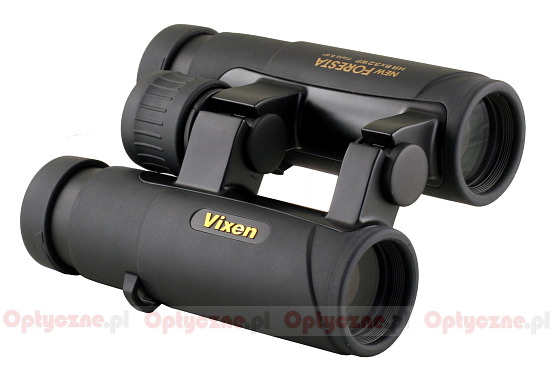 |
Let’s start with the things we liked and the transmission of the tested model can be counted among them. Its graph is presented below.
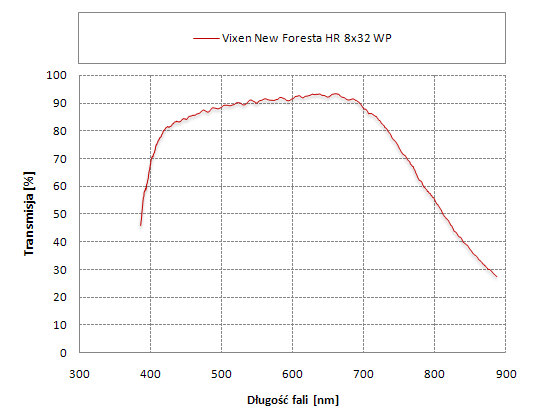 |
So far in the roof-prism devices belonging to this price segment aluminum coatings on Schmidt-Pechan prisms reigned supreme; because of them, though, a set of binoculars lost more than a dozen percent of light on prisms only. The Vixen New Foresta proves that it’s time for changes. These changes mean the introduction of more expensive reflection layers which, joined with good quality anti-reflection coatings, enabled the transmission of the Vixen to exceed the level of 90% in the middle of the visible spectrum. What’s more, in the red part of the visible spectrum it reaches 92% and in the blue it is not much lower than 90%. This even performance has another serious advantage – very good colour rendition.
There are more good points in store. The tested pair of binoculars is well-made and corrects most of optical aberrations quite well for its price segment. Its weight and dimensions are sensible, but not due to the reduction of the prisms’ size; it helped keep the exit pupils only slightly egg-shaped and the brightness loss at the edge of the field – insignificant.
There are two serious slip-ups, though. The field of view of these binoculars was supposed to reach 8 degrees so to be one of wider in this class. Unfortunately it is not the case - in reality it amounts to less than 7.6 degrees. What’s more, the edge of this field is only averagely sharp.
There’s no getting away from it – for a roof prism Schmidt-Pechan device, the Vixen New Foresta 8x32 still offers us quite a lot. Everyone who decides to buy this instrument won’t be disappointed I think.




